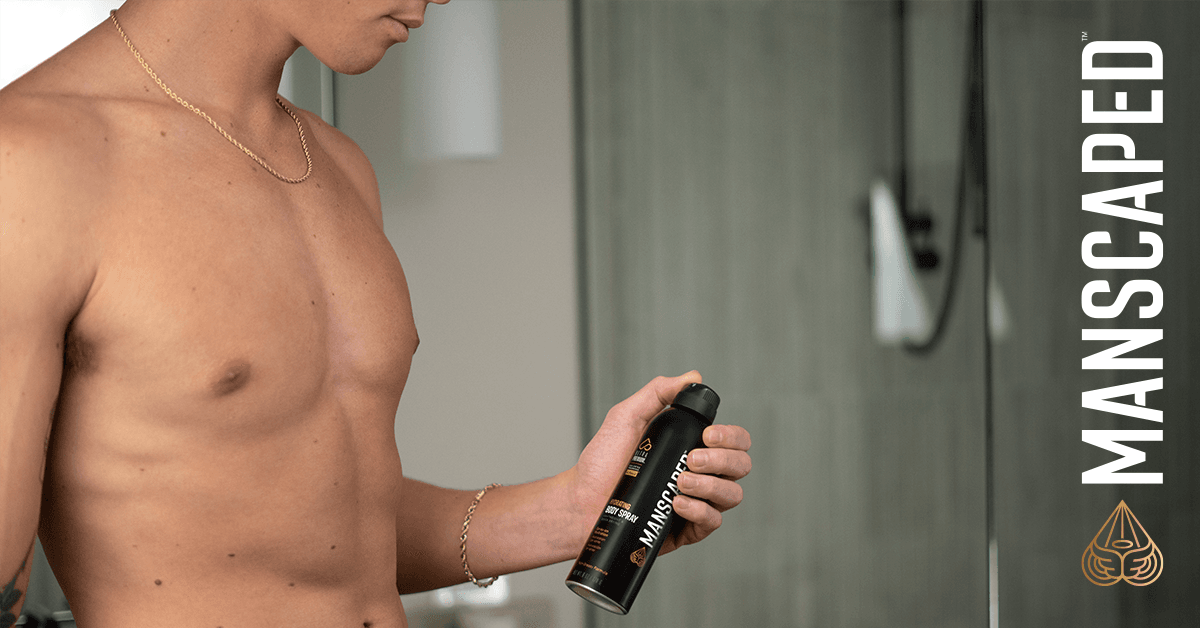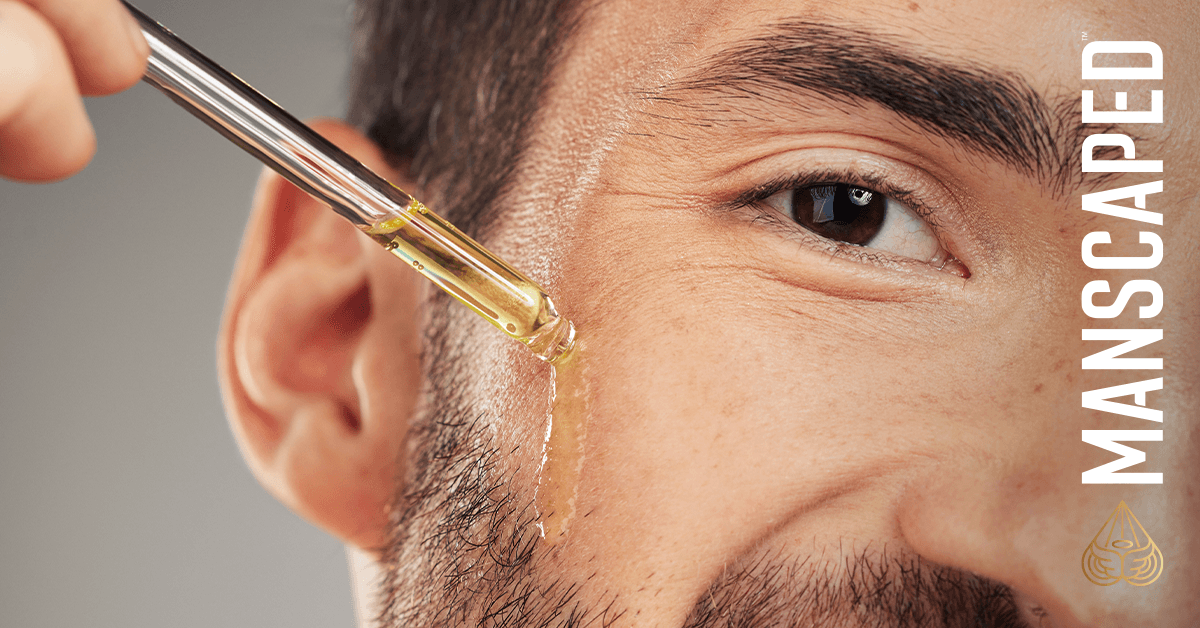
The Stats on Testicular Cancer
Testicular cancer is the most common form of cancer that afflicts men between 18 and 35. Shockingly, most men in that age group don't know this statistic. Testicular cancer is an ugly and terrifying disease, but catching it early is the most important way to empower doctors to help patients with treatment. Knowing about testicular cancer and how to identify it as early as possible will save lives. That's why we're putting so much effort into raising awareness.
MANSCAPED™ Is Leading the Charge
MANSCAPED has identified awareness as the most powerful tool we have right now to save lives in the fight against testicular cancer, so we've partnered with the Testicular Cancer Society (TCS) to do just that!
By now, you know that October is breast cancer awareness month. The campaign has been going strong for over a decade, and it has been massively successful. With the raised awareness, breast cancer is being detected earlier and more often than ever. As a result, survival rates have soared, and breast cancer deaths have plummeted in recent years.
The TCS is trying to mimic this success. If you've ever heard of no shave November, then the campaign is off to a start. The thing is, no shave November is about a lot more than just growing your beard for fun. The real purpose is to start conversations about testicular (and prostate) cancer. We want men to be as aware of cancer checks and screenings as women are about breast cancer. We want you to know how to check your balls. With more awareness, we might see survival rates trend positively with success, just like breast cancer awareness month.
Steve-O x MANSCAPED
To this end, MANSCAPED has partnered with Steve-O. You might remember his work in the critically acclaimed Jackass series. Steve-O is a man who has professionally taken more shots to the pills than your average soccer team. He's a guy who knows about testicular pain and care.
That's why we think he's a perfect spokesperson for our awareness effort. If even he is worried about testicular cancer, we all should stop and listen. He has some words for you about taking care of yourself and helping men everywhere learn to find cancer early so we can beat it for good.

How to Check Your Balls for Testicular Cancer
Ok. You know that you should check your balls. How do you do it? It's pretty easy, and we have a handy guide for you right here. And if you need some real scientific deets on what are gonads, you can do some research first.
Start in a Warm Shower
You can check your balls anywhere; you just have to drop your shorts. But, you'll get the best results when the tissues are relaxed. For that, a warm shower goes a long way. You don't want a stinging hot shower, but a warm one relaxes everything and makes it much less likely that you'll find a false red flag. It's better for the check, and it's better for your sanity. You don't want every inch of your testicles to feel like a tumor.
Gently Cop a Feel. On Yourself
The actual technique for a testicle check is pretty easy. You're going to gently roll each ball around in your fingers. If you hurry or go strong, you will hurt yourself, and that's not necessary. As you feel around, you're looking for bumps or lumps and anything that seems unusual. While you're checking, there are a few things to remember.
First, it's normal for your balls to be different sizes. It's also normal for one to hang lower than the other, so don't worry about that. When it comes to ball size, what you care about is either testicle changing size over time. If a testicle seems bigger than it used to be, that's a red flag.
You also want to remember that the epididymis is back there. For those who didn't get a medical degree, the epididymis is the coiled tube in the back of your sack. It is what delivers your man juice to the balls to be released at a later time. That function isn't what matters here. What does matter is that it is going to feel like lumps in the back of your scrotum. It's supposed to be there, so don't freak out.
The last thing you want to pay attention to is dull soreness and/or heaviness in the balls. If you handle yourself a little too roughly and feel sore, that's normal. If you have persistent soreness (especially if it doesn't go away after getting off), you need to address an issue.

It's Not Always Cancer
Cancer is scary, so we want to leave you with a little bit of comfort. Not every problem you can find with a testicle check is cancer. There are far less terrifying issues that can put bumps on your balls. They still need to be treated by a doctor, but you don't need to panic until and unless your physician tells you it's time to panic.
The same goes for soreness and discomfort. There are plenty of things that can leave your balls sore that aren't cancer (just ask Steve-O). As long as you're regularly checking, you will likely find early signs of trouble. That puts you way ahead of the curve for treatment and gives you a much better chance of coming out the other side just fine. Suppose you do find that it is cancer, contact the Testicular Cancer Society. They have many resources to help, and most importantly, won't let you go through it alone.
How Often Should You Check Your Balls? Check Every Month
You know the technique. It's time for the final tip. You should check on your balls once a month.
Now, will you help us spread the word? Let's make this awareness campaign huge and have guys everywhere beating cancer as early as possible.
11.18.20
Share

Featured Articles
- Your Favorite Ball Deodorant. Now with a New Scent: Perservere.MANSCAPED® + TCS for Testicular Cancer Awareness MonthIntroducing The Lawn Mower® 5.0 Ultra TCS Special Edition and TCS Ball Hero BundleThe Dome Shaver™ Pro vs. The Dome Shaver™ Plus: Which Should You Choose?The Chairman™ Pro vs. The Chairman™ Plus: Which Should You Choose?



